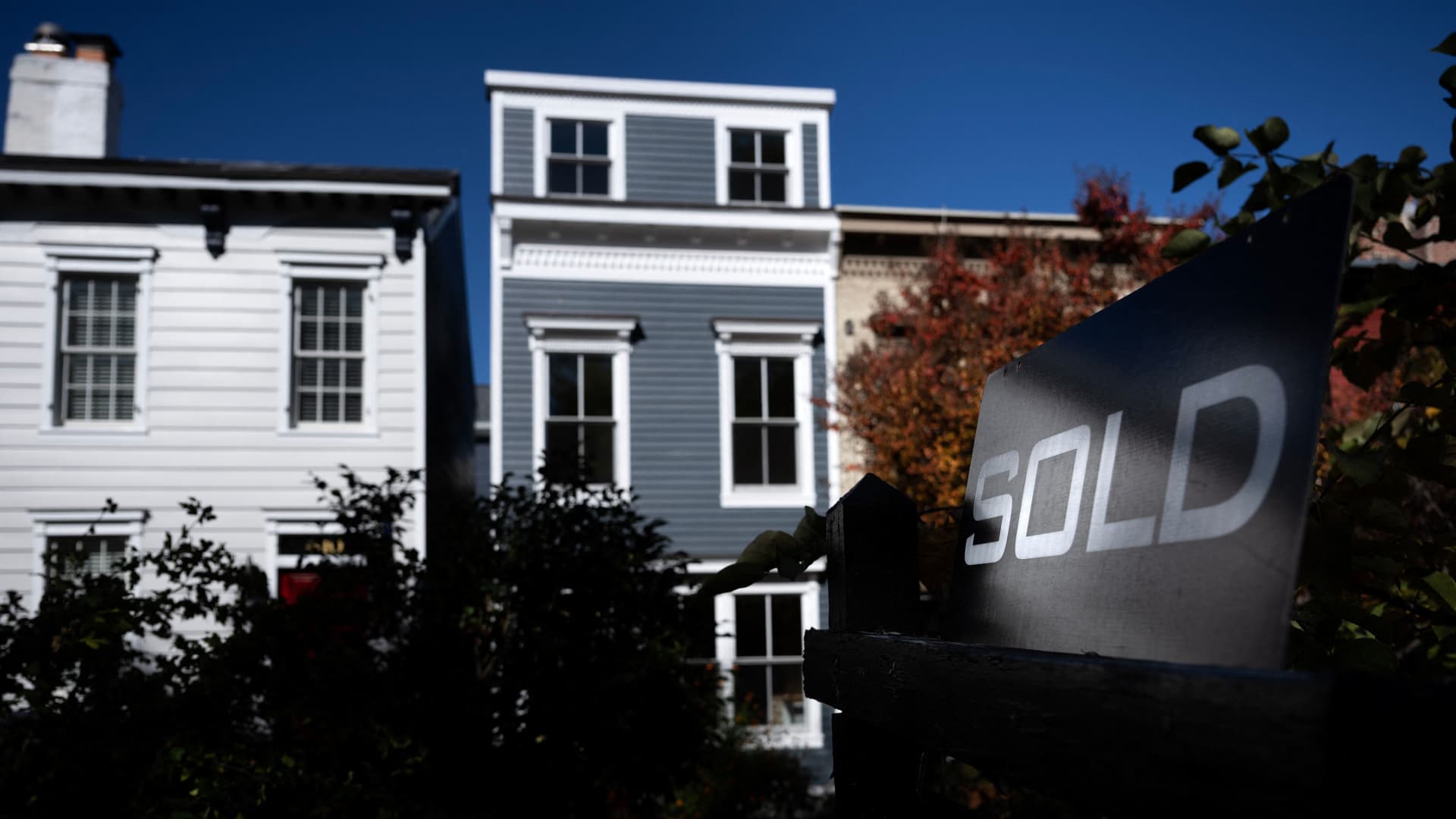Five 2024 Wellness-Enhancing Smart Home Trends For Your Kitchen
6 min read
Smart home technology is enhancing new kitchen designs with health and resilience features.
Many of the amenities found in the latest kitchen trends are empowered with smart home technology. Here are five described in the influential 2024 Kitchen Trends Research Report recently released by the National Kitchen & Bath Association. I wrote about eight of the report’s sustainability-related observations last week. The role of innovation in kitchen design and remodeling for adding wellness potential richly deserves its own coverage.
As I noted in the previous piece, NKBA is a trade organization comprising 50,000 members, including designers, dealers, remodelers, installers and manufacturers, and produces annual studies like this one on design and remodeling trends. Those who specify kitchen products were included in this report. (I’ve been a member for close to two decades, but it’s just one of several leading industry associations I source for research.) I reached out to fellow designers who have had a chance to review the report and had them expound by email about the growing role of smart home technology in their kitchen projects.
Before delving in, it’s worth noting what architectural designer Nar Bustamante in Sacramento shared in his comments. While he’s excited about the advances available in smart appliances, he says, there is a learning curve for some clients that may keep them from using the technology to its full potential. That being said, there are features that don’t take effort to set up or use, and can be very helpful to users, he points out.
1. Resilience
“Many appliances now have emergency power shut off monitors, leak detection, and Wi-Fi connectivity so we can now see how an appliance is performing from our phones,” comments Bustamante. The leak detection feature alerts the homeowner that there’s water where it shouldn’t be present that needs to be addressed. Some leak detection technology can turn off the water, (depending on the client’s plumbing system).
“We’ve been taught to ignore a lot of these alerts, because they also commonly happen in ways that allow us to distrust technology,” the Californian observes. He notes though that since issues often occur when we’re not home, this will help prevent future incidents. That’s one alert category you definitely don’t want to turn off, given that floods and freezing damage are the third most common insurance claim. This is particularly true for vacation homes or rentals.
MORE FOR YOU
2. Smart Refrigeration
Refrigerators are a major component in the resilience conversation. “Key technology features will be safety related, including emergency power, leak detectors and food inventory technology,” the report predicts. Food preservation has increased in homeowner importance as food prices continue to soar, concerns about ethical and sustainability issues surrounding waste grow, and power grids fail due to extreme weather or other issues.
Raleigh-Durham, North Carolina area designer Vicky Serany describes smart refrigeration as “the unspoken hero of our kitchens.” She’s impressed with what the industry has released thus far. “The appliance manufacturers have done a tremendous job working to keep our food preserved and safe.”
After keeping the household’s food stocks preserved, convenience is another desired feature. “New refrigerator food inventory technology will help with menu recommendations and shopping,” the report notes. It adds that new and expanded refrigeration options provide flexibility for homeowners. About a third (36%) of homeowners want food these inventory technology and menu recommendations, it reveals. (This trend will likely skyrocket as more Generation Z digital natives become homeowners.)
A big trend within the smart fridge mandate is the flex drawer that can shift on demand from refrigeration to freezing to wine preservation. With 74% of study specifiers reporting a desire for improved refrigerator functionality, an increase in flex models and even remote mode setting will be welcome in in this category.
3. Multi-tasking Cooking Appliances
“Appliances with more than one cooking function are popular,” the report shares, with 87% of respondents mentioning this. Technology helps make it happen. “Cooking appliances will have integrated cooking functions like air frying and steam cooking,” it points out, and 71% of respondents want these appliances to offer reduced cooking times and precision control.
About half (47%) of home chefs expect to control their ovens or ranges from mobile apps! Programmable cooking options for delayed starts are a desired feature of 37% of respondents, and 21% expect these appliances to be voice-activated.
Steam has been coming on especially strong in ovens, typically in combination with convection. Rather than run plumbing lines to these appliances, many designers and homeowners are opting for reservoir models that can be easily refilled and reduce installation expense and maintenance. Clients are thrilled with these appliances, Serany comments. “Perhaps it’s our culture of reheating leftovers, but many believe food just tastes better when cooked in a steam oven.”
Bustamante is bullish on steam too, which he puts at the top of his wellness lists. “Steam ovens offer a more even, moisture-producing cooking method where chances of overcooking are minimized and nutritional value and freshness are preserved, maintaining the integrity of the food.”
One of the innovations that’s been added to cooking appliances, according to the report, is personalized settings and controls. These can support temperature control precision, delayed and remote starts. The ability to monitor your cooking progress on a phone app or tablet is definitely another smart home trend worth considering.
Some apps will alert you if you left a burner on. Some will allow you to upgrade your range or oven remotely as the manufacturer adds new features. One of the first smart feature upgrades that was incredibly popular was the addition of air frying to some convection ovens. The ability to do this gives homeowners an incentive to enable connectivity with the manufacturer. Remote repair diagnostics is another incentive, but maybe not as sexy as getting a whole new cooking mode in time for your holiday entertaining!
4. Microwave Alternatives
The report has a section noting trends on their way out. Microwaves installed over ranges was the top one (45%) cited. They’ve never been a factor in luxury kitchens, (except maybe tiny condo kitchens in Manhattan or San Francisco), and have lost appeal with many upper-midrange projects too. Especially installed over gas cooktops, which you’ll find in many tract homes, they’re a safety risk. They also tend to offer noisy, inferior ventilation, (a big concern over gas burners!). “The steam oven or drawer microwave-convection oven is the preferred method in our designs,” Serany says.
“Speed ovens and steam ovens are also excellent for reheating,” Designer Sarah Robertson in Westchester County, New York, just north of the city, comments.
Bustamante sees steam as an ideal alternative. “Reheating and defrosting foods has really changed with steam ovens – microwaves are no longer the only option.” He says he’s not even installing microwaves in many of his projects now. “The steam oven is rising to the top!”
5. Handsfree Faucets
“Handsfree faucets are becoming the new standard,” the report declares, with 57% of respondents choosing motion activation, 55% opting for an elbow or arm tap model, and 21% choosing voice activation. Overall, about half (46%) of respondents agree that handsfree is becoming the new standard.
Robertson takes handsfree to the other extreme; she’s one of the 9% of respondents who prefer foot pedal control. The New York area designer specifies a commercial toekick-mounted water control valve, she says. “It can install on any faucet, and does not require electricity to operate. It’s simple, easy to install, and saves a lot of water!” (Anyone holding a heavy pot of pasta in boiling water can appreciate this convenience.)
Voice control is another way to add handsfree capability to a kitchen, which is where most handsfree faucets are being installed in homes, Serany observes. They don’t always work as well as one would prefer; artificial intelligence will likely make them smarter in the next few years.
Last Words
The increasing popularity and presence of smart home technology in updated kitchens is leading design pros to partner with smart home technology integrators. It’s not uncommon for one of these experts to be involved in a high end project from the very start. Don’t be surprised to be introduced to your architect’s, designer’s or general contractor’s tech partner even before you choose a single finish.






